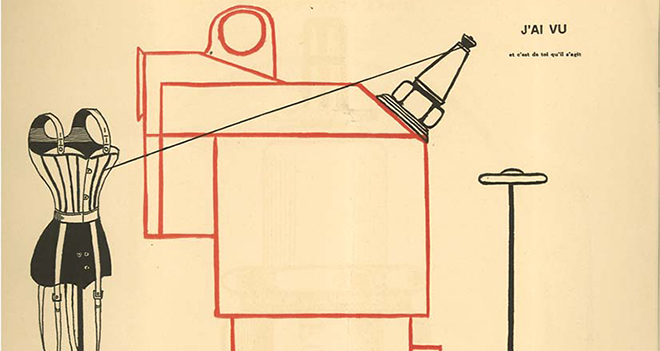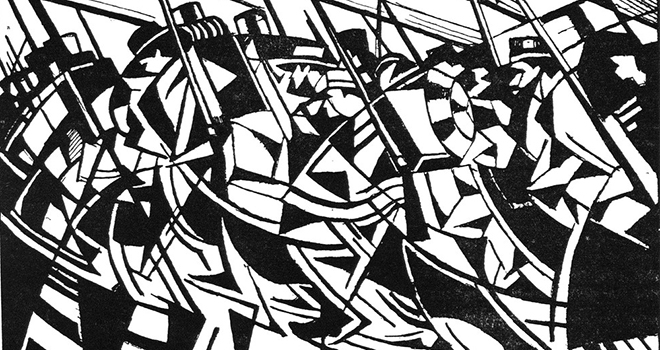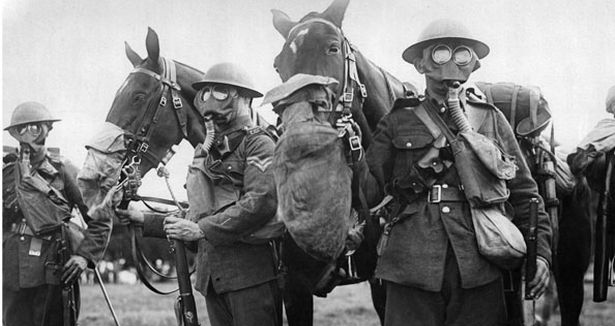T.S Eliot's work, The Waste Land....
Submitted by Jeanine de Leon... on Tue, 03/12/2013 - 00:33T.S. Eliot's work, The Waste Land is a very complex work which coverfs many subjects on several different levels, but the theme of a human as well as an early "waste land' run through the entire work. The setting is indeed a wasteland, "a heap of broken images"but not one of deert or where there is hope something will grow, but that wasteland reminscent in Dante's hell: barren, desolate and rotting with no hope of redmption.
Elliot goes back and froth on subject matter and even visual subjects for the reader. He also goes into several different languages, even in the beginning inscription where Latin and Greek are bound together with the image of the Cumean Sybil who says (In Greek) "I want to die" when asked what she wants. Death could be that she feels there is no hope left for mankind. Even in the beginning lines, there is no hope shown when the poet is talking about the spring month of Apris. "April is the cruelest month". Most works that would showcase a spring month would talk about cherry blossoms or the beauty of jthe earth. T.S. Eliot uses that fertile month of spring time showcase his rotting and desloate land.
I feel that contradiction of spring is due to the putrid flesh of the dead. Where spring is stereotypically a time of renewal, for the soldiers of WWI, spring was a reminder of lost comrades.



